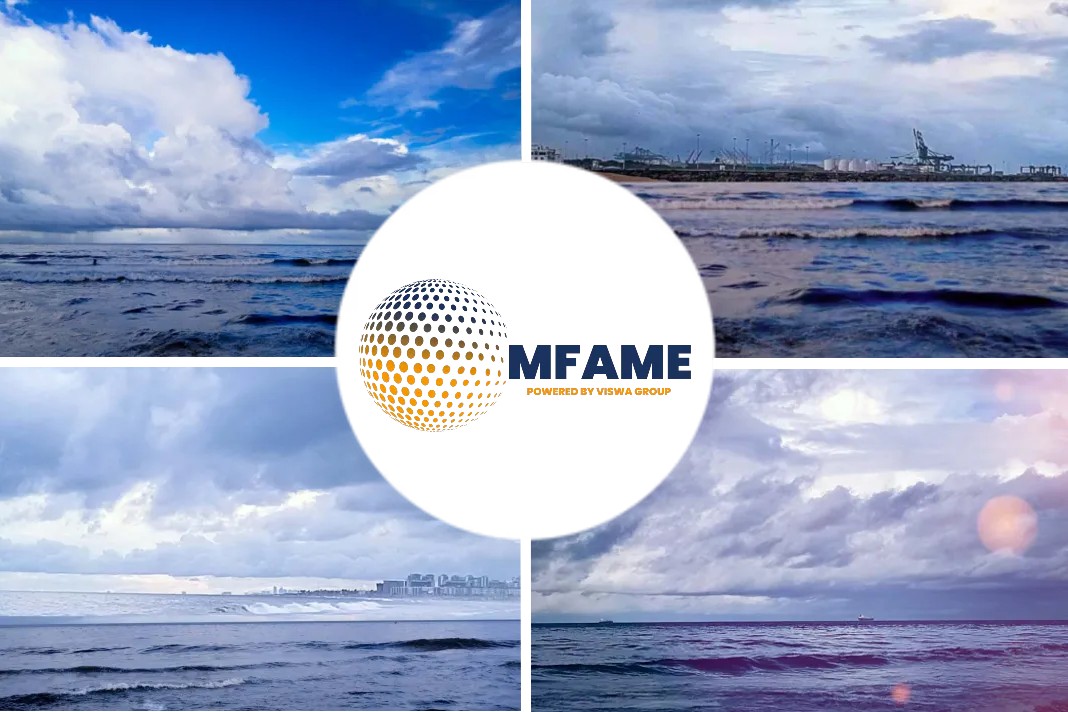Despite many years of strict enforcement when it comes to oily water discharge limits, there are still high-profile cases that result in extreme fines or jail terms. Naturally, no company can afford to take risks when the consequences are of such magnitude.
High priority task
Finding a reliable way to prevent unlawful overboard discharge is thus a high priority. Alfa Laval has made it easy with the new Alfa Laval BlueBox SA, a tamper-proof oil content monitor (OCM) and data recorder that functions as a stand-alone solution for upgrading an existing oily water setup.
Discharge rules broken
According to MEPC regulations, clean water tanks must be equipped with a stand-alone OCM to verify the water’s purity before discharge. “In theory, this should be enough,” says Shinya Tanehashi, Alfa Laval Global Sales Manager for oily water treatment systems. “But the risk of foul play is increased by the fact that many oily water treatment systems – especially static coalescers – experience difficulties in rough sea conditions.”
Though MEPC 107(49) improved the type approval procedures for oily water treatment, problems remain common. Since 2005, the tests have been performed with oil, water and a stable emulsion containing fine particles and a surfactant chemical. However, they are performed on shore and last just 2.5 hours. This legislative loophole lets systems pass easily, simply by using adsorption filters.
Expensive filters
“Filters are expensive and quickly become saturated in rough seas, where they merely compensate for the separator’s lack of performance,” says Tanehashi. “When the vessel’s costs become high or large volumes of oily water accumulate because they can’t be processed continuously, it becomes tempting to dump oily water overboard.”
Right solution
The answer to this dilemma is to make the OCM tamper-proof, and to record all data associated with overboard discharge and the monitor itself. For several years, Alfa Laval has had such a solution available as an integral part of the Alfa Laval PureBilge separator: Alfa Laval BlueBox. Now, based on this solution, the company has introduced the stand-alone BlueBox SA.
The BlueBox SA, in which all components are housed in a lockable metal box, monitors the water for discharge. If the oil content is above the set 5 or 15 ppm limit, the BlueBox SA prevents the overboard discharge valve from opening, which ensures that no non-compliant discharge can occur. Likewise, when the door of the BlueBox SA is opened, the event is logged and the valve automatically switches to recirculation.
“For overboard discharge to take place, a whole range of conditions must be verified, such as the direction of the sample flow through the OCM,” says Tanehashi. “All key operational data, including GPS position, alarms and any unlocking of the BlueBox SA cover, is logged and stored for 18 months.”
Crew and authorities concerned
By installing the BlueBox SA to work with an existing oily water treatment system, ship owners can minimize the risk of oily water discharge. Not only does the BlueBox SA provide vital safeguards, it also sends a clear message to crews that environmental compliance is something to be taken seriously.
However, the BlueBox SA offers more than constraint. It also simplifies life for the crew by making it easy to report on oily water management and demonstrate discharge compliance.
“All of the data stored in the BlueBox SA can be exported in PDF format and downloaded to a USB memory stick,” Tanehashi explains. “That makes it a simple matter for the crew to show the vessel’s compliance to coast guard or Port State Control authorities.”
Cost cutting drains
In fact, installing the BlueBox SA can have benefits beyond regulatory compliance. Currently, the MEPC has no OCM requirement for clean drain tanks, which collect steam condensate, boiler drainage, air cooler drainage, etc. But because these water sources may also contain oil, the accumulated water is often handled by an oily water treatment system.
“By monitoring the clean drain to ensure that its oil content is below set limits, vessels can avoid unnecessary use of their oily water separator,” says Tanehashi. “In this way, the BlueBox SA creates an energy savings and reduces wear and tear on the separator itself. Ultimately, that translates into lower OPEX.”
Oily water woes
Simply put, the BlueBox SA is an easily installed unit whose advantages far outweigh the one-off investment. As a stand-alone solution offering the same reliability as the BlueBox used with PureBilge, it takes away the worry so often associated with oily water treatment.
“One can’t put a price on peace of mind,” says Tanehashi. “But looking at the huge fines that ship owners are paying for non-compliance, one can certainly see the value in avoiding them. Our aim with the BlueBox SA is to help ship owners and operators rest easy, no matter what oily water setup they currently have on board.”
Did you subscribe for our daily newsletter?
It’s Free! Click here to Subscribe!















![[Watch] Crazy Power Needed to Move World’s Largest Containerships](https://mfame.guru/wp-content/uploads/2023/11/mfame-tanker-100x70.jpg)

